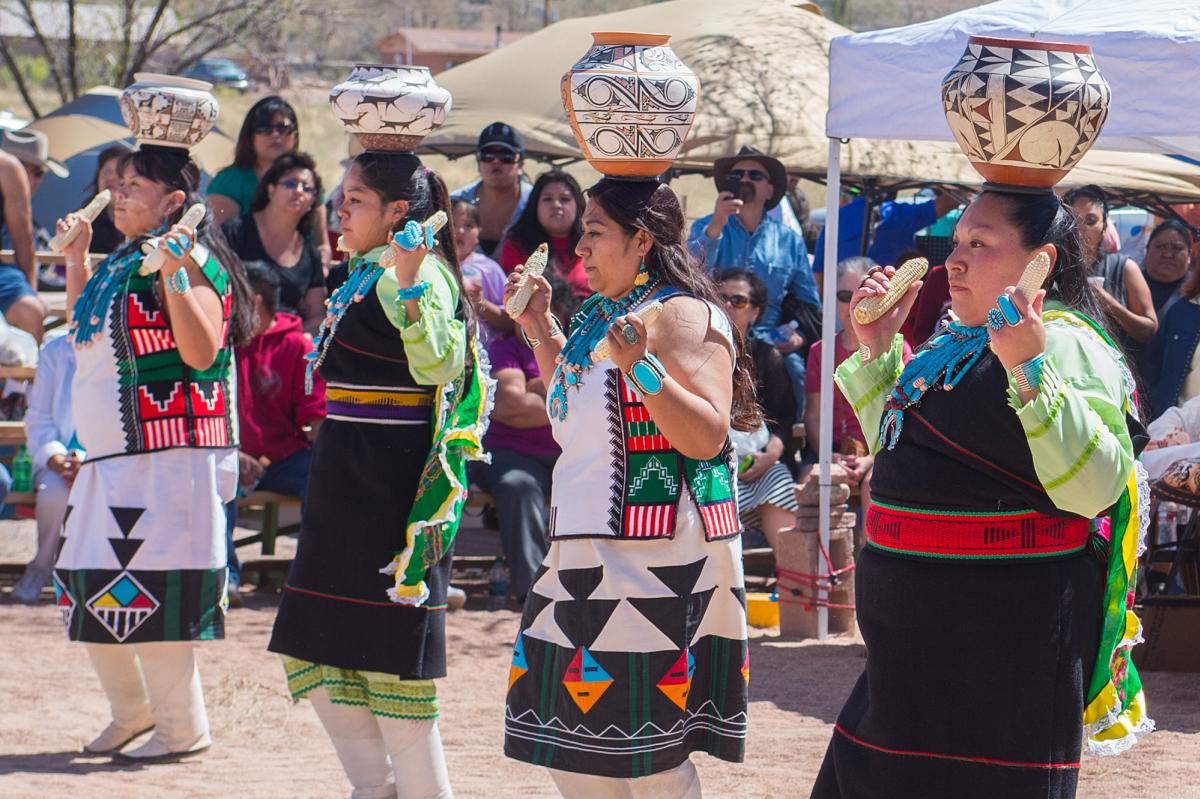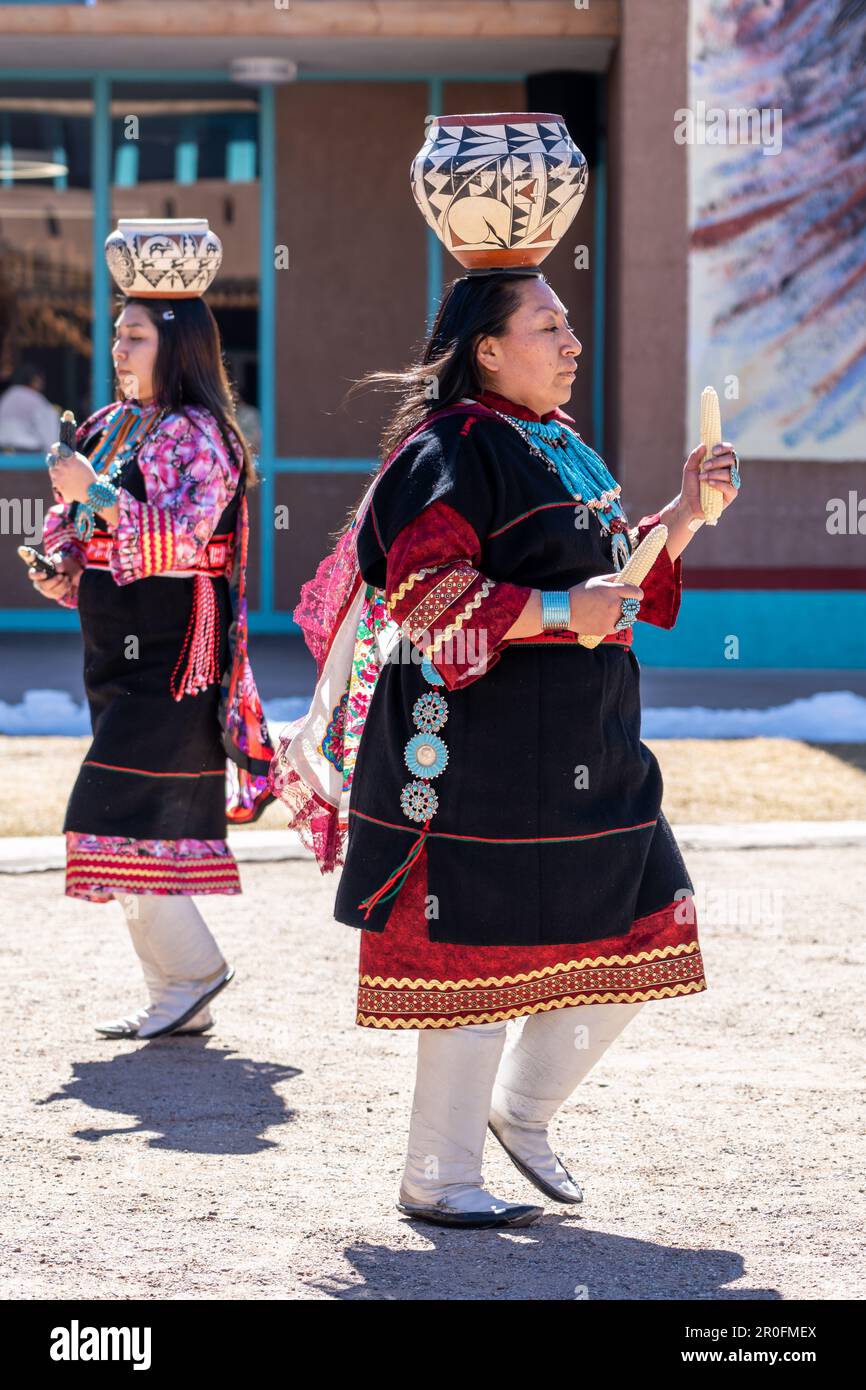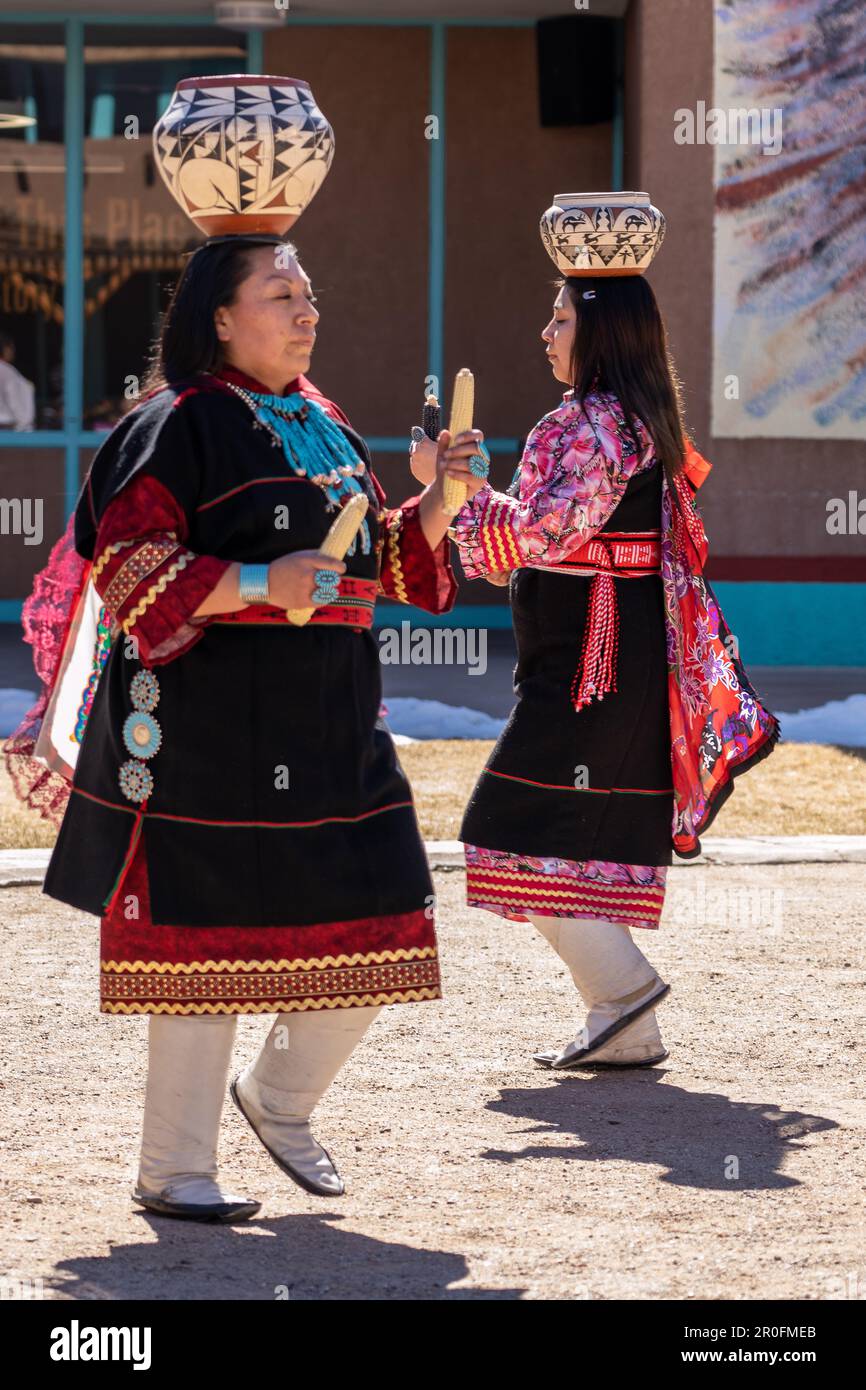
Echoes of Eternity: Navigating Cultural Tourism at Zuni Pueblo
Nestled amidst the high desert landscape of western New Mexico, the Zuni Pueblo stands as a testament to enduring culture, ancient traditions, and a profound connection to the land. As the largest of New Mexico’s nineteen Pueblos, Zuni offers a unique and deeply enriching experience for the discerning traveler – one that transcends mere sightseeing to offer a genuine immersion into a living, breathing indigenous society. This isn’t tourism designed for passive consumption; it is an invitation to engage, to learn, and to witness the vibrant continuity of a civilization that has thrived for millennia.
The Zuni people, or A:shiwi as they call themselves, have occupied their ancestral lands for over 1,300 years, a history that makes them one of the oldest continuously inhabited communities in North America. Their language, Zuni, is a linguistic isolate, unrelated to any other known language, underscoring their unique cultural trajectory. This isolation, combined with a fierce determination to preserve their identity, has allowed Zuni to maintain a remarkable degree of cultural integrity, making it an extraordinary destination for those seeking authentic cultural understanding.
A Living Tapestry of Art and Spirit
For the Zuni, culture is not a relic of the past but a dynamic force woven into the fabric of daily life. This is perhaps most evident in their renowned artistic traditions. Zuni artists are celebrated worldwide for their intricate jewelry, distinctive pottery, and powerful fetishes. Unlike many art forms designed primarily for external markets, Zuni art is deeply rooted in spiritual belief and communal practice.
Zuni jewelry, particularly the intricate needlepoint and inlay work using turquoise, shell, coral, and jet, is instantly recognizable. Each piece tells a story, often reflecting elements of nature, cosmology, and the Zuni spiritual world. Potters meticulously hand-coil vessels, adorning them with symbolic motifs like the deer, rainbird, and ancient geometric patterns, each line and curve imbued with meaning. Zuni fetishes – small, carved animals typically made from stone – are revered objects believed to embody the spirit of the animal they represent, offering protection, healing, or guidance. These are not mere souvenirs; they are powerful objects of spiritual significance.

"When you buy a piece of Zuni art," explains Jim Enote, former CEO of the Colorado Plateau Foundation and a Zuni tribal member, "you’re not just buying an object. You’re connecting with generations of knowledge, skill, and spiritual practice. It’s a piece of our soul." This sentiment encapsulates the essence of Zuni cultural tourism: an opportunity for respectful exchange that honors the source of the art.
Zuni’s Approach to Cultural Exchange
Zuni Pueblo has carefully cultivated a model of cultural tourism that prioritizes preservation, education, and economic self-sufficiency. They understand the delicate balance required to share their heritage without compromising its integrity. Unlike some destinations where cultural displays might feel staged, Zuni offers an experience that is authentic because it is simply life.
The A:shiwi A:wan Museum and Heritage Center (AAMHC) serves as the primary gateway for visitors, a vital institution established and operated by the Zuni people. It is not just a museum in the traditional sense; it is a living repository of Zuni history, language, and culture, dedicated to preserving and revitalizing Zuni traditions for future generations. Here, visitors can gain invaluable context before venturing into the community. Exhibits cover Zuni history from ancient times to the present, focusing on their unique farming techniques (including the famed waffle gardens), traditional arts, and spiritual beliefs. Knowledgeable Zuni staff and guides are on hand to answer questions, share insights, and provide orientation on respectful visitation.
"Our museum is about telling our own story, in our own voice," says a cultural specialist at the AAMHC. "It’s where we invite the world to learn about us, on our terms, and understand the deep roots of our identity."
Experiencing Zuni: What to See and Do
A visit to Zuni Pueblo typically begins at the AAMHC. From there, visitors can:
-

Take a Guided Tour: This is highly recommended and often essential for understanding the nuances of Zuni culture and accessing certain areas. Zuni guides, deeply knowledgeable about their history and traditions, offer tours of the Old Zuni Mission, a historically significant church adorned with remarkable Zuni murals depicting spiritual and cultural elements. They can also lead tours through parts of the Pueblo, explaining the architecture, the importance of specific clan houses, and the daily rhythms of Zuni life. These guides are not just interpreters; they are storytellers, sharing personal insights and generational wisdom.
-
Visit Artisan Studios and Galleries: Zuni Pueblo is home to numerous artists who welcome visitors into their homes or workshops. This offers a rare chance to witness the creative process firsthand, learn about the techniques involved, and purchase authentic Zuni art directly from the maker. This direct transaction ensures that the economic benefits directly support the artists and their families, fostering the continuation of these vital traditions. Look for the "Zuni Authenticity Seal" to guarantee genuine Zuni craftsmanship.
-
Explore the Zuni MainStreet Program: This initiative supports local businesses and artists, creating a vibrant economic corridor within the Pueblo. It’s a great place to find unique Zuni-made products and experience the local community.
-
Attend Public Events (with respect): While many Zuni ceremonies and Feast Days are private and sacred, the Pueblo does host public events such as the annual Zuni Arts & Cultural Expo. These events are fantastic opportunities to witness traditional dances, listen to Zuni music, and interact with artists and community members in a celebratory atmosphere. It is crucial, however, to observe all posted rules regarding photography, videography, and respectful conduct during these events. Remember, you are a guest observing a sacred tradition, not a performer or a spectator at a show.
The Ethos of Responsible Visitation
Zuni Pueblo’s cultural tourism model is built on a foundation of mutual respect. Visitors are expected to approach their experience with an open mind, a willingness to learn, and a deep appreciation for the customs and privacy of the Zuni people.
- Photography: This is often the most sensitive issue. Many areas, particularly ceremonial spaces and private residences, prohibit photography. Always ask permission before taking photographs, especially of individuals. When in doubt, err on the side of caution and refrain from taking pictures. The memory of the experience, rather than a photograph, is often the more profound takeaway.
- Dress Code: Modest dress is appreciated, reflecting respect for the community’s traditional values.
- Respect Sacred Spaces: Certain areas within the Pueblo are considered sacred and may be off-limits or require particular reverence. Your guide will provide direction, but generally, quiet observation and refraining from touching or disturbing anything are paramount.
- Economic Impact: Support the local economy by purchasing art directly from Zuni artists, visiting local shops, and utilizing Zuni-owned services. This contributes directly to the well-being and self-determination of the community.
- Be a Learner, Not a Consumer: Approach your visit with a genuine desire to understand and connect, rather than simply checking off a list of tourist attractions. Engage with your guides and community members respectfully, and be prepared to listen more than you speak.
Challenges and the Future
Zuni Pueblo, like all indigenous communities, faces the ongoing challenge of balancing tradition with modernity, economic development with cultural preservation. Cultural tourism, when managed thoughtfully, offers a path forward, providing economic opportunities that enable the community to invest in language revitalization, youth programs, and infrastructure, all while sharing their rich heritage with the world on their own terms.
The Zuni people are not just preserving their culture; they are actively living it and evolving with it. Their approach to cultural tourism is a testament to their resilience, their wisdom, and their unwavering commitment to their identity. It offers a powerful counter-narrative to historical injustices, demonstrating self-determination and the enduring strength of indigenous ways of life.
In a world increasingly homogenized, Zuni Pueblo stands as a beacon of cultural distinctiveness. A visit here is more than just a trip; it is an educational journey, a spiritual encounter, and an invitation to witness the vibrant heartbeat of an ancient civilization. By embracing responsible tourism, visitors can play a part in sustaining this invaluable cultural legacy, carrying the echoes of Zuni’s eternity back into their own lives, enriched and transformed.

